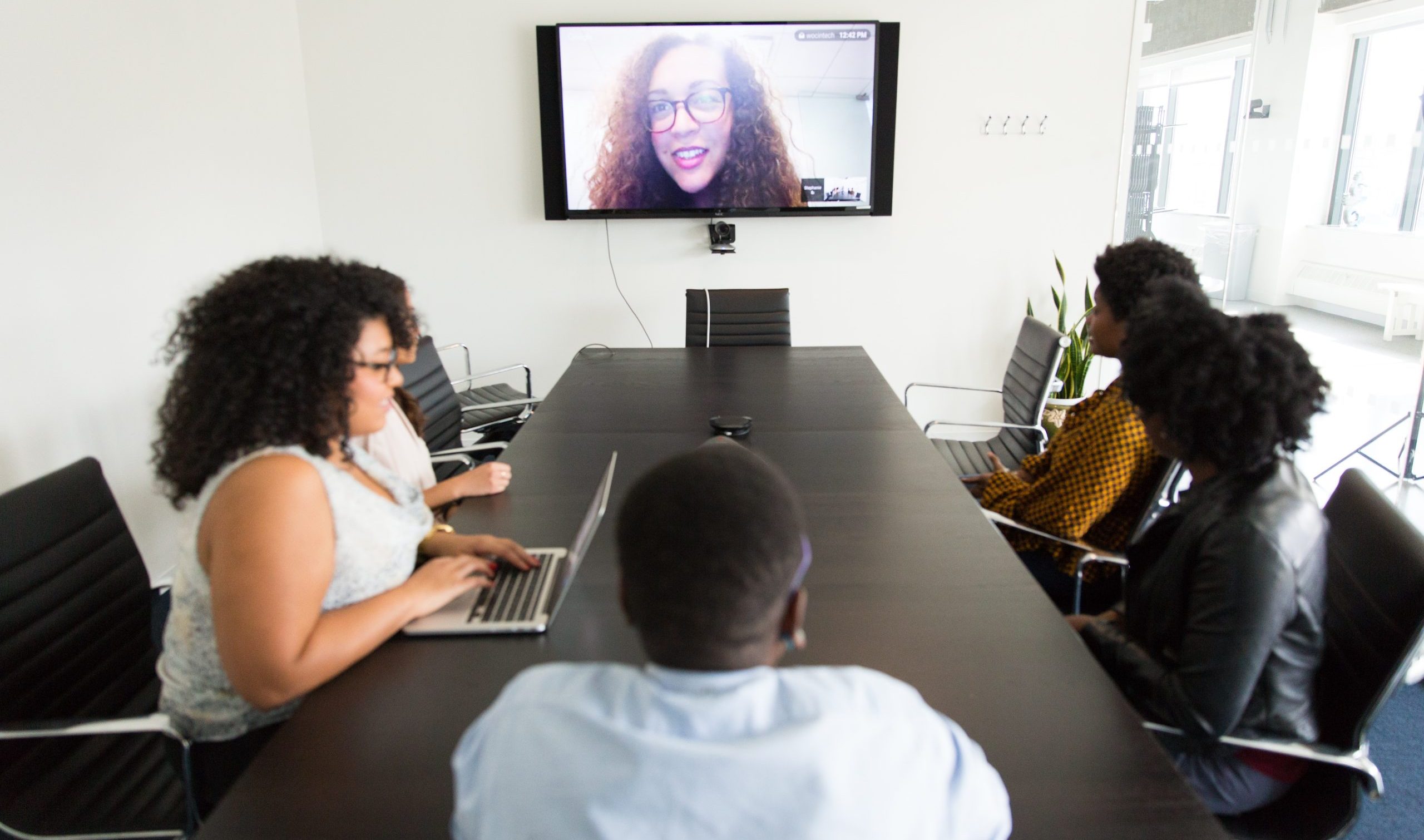Consciously or not, many people have taken a “we just have to get through this” approach to remote or hybrid work, just waiting for things to go back to the way they were. It’s time to let go of that notion, said Guy Cavallo, Chief Information Officer at the Office of Personnel Management.
“A lot of our employees have been waiting for the cavalry to come, but it’s not coming,” Cavallo said. “We have to change the way we’re doing our work today.”
He shared with GovLoop tactics that have helped employees better adapt to the peculiarities of hybrid work.
Build in meeting buffers. During remote and hybrid work, meetings have multiplied, and people have fallen into the habit of scheduling them back-to-back. This is the No. 1 complaint when it comes to burnout, Cavallo said. To address it, he now starts half-hour meetings five minutes late and hourlong meetings 10 minutes late. Whatever is lost by having a shorter meeting is made up for by having a saner schedule, he said.
Schedule time for deep work. When your day is full of meetings, it’s hard to find time for work that requires deeper focus. Instead of just hoping your schedule doesn’t fill up, build that time into your day, Cavallo said. “If you do not put it in your calendar, everybody will look for open spots in your calendar,” he said. “Don’t just let that happen: Schedule focused time every day to allow you to concentrate on the core parts of your job.”
Don’t telework from work. In this hybrid work environment, many meetings will continue to be virtual. That means employees who go into the office might still a spend a lot of time sitting at their computer. Cavallo says that when employees are in the office, they should block off time to meet with other people in person — not always to conduct business but sometimes just to chat. “There are things that you can gain from a face-to-face meeting that you just wouldn’t schedule a Teams meeting to discuss,” he said.
Make hybrid meetings interactive. It’s easy for virtual meeting attendees to shift from being active participants to passive viewers. To mitigate that, Cavallo incorporates interactive components, such as real-time polling, using digital whiteboards for brainstorming, or having people rank their priorities around a topic. These kinds of features “allow the remote participants to really feel like they’re participating and having input,” he said.
This article is an excerpt from GovLoop’s virtual summit e-book, “Four Ways to Help Your Workforce Embrace New Tech.”





Leave a Reply
You must be logged in to post a comment.